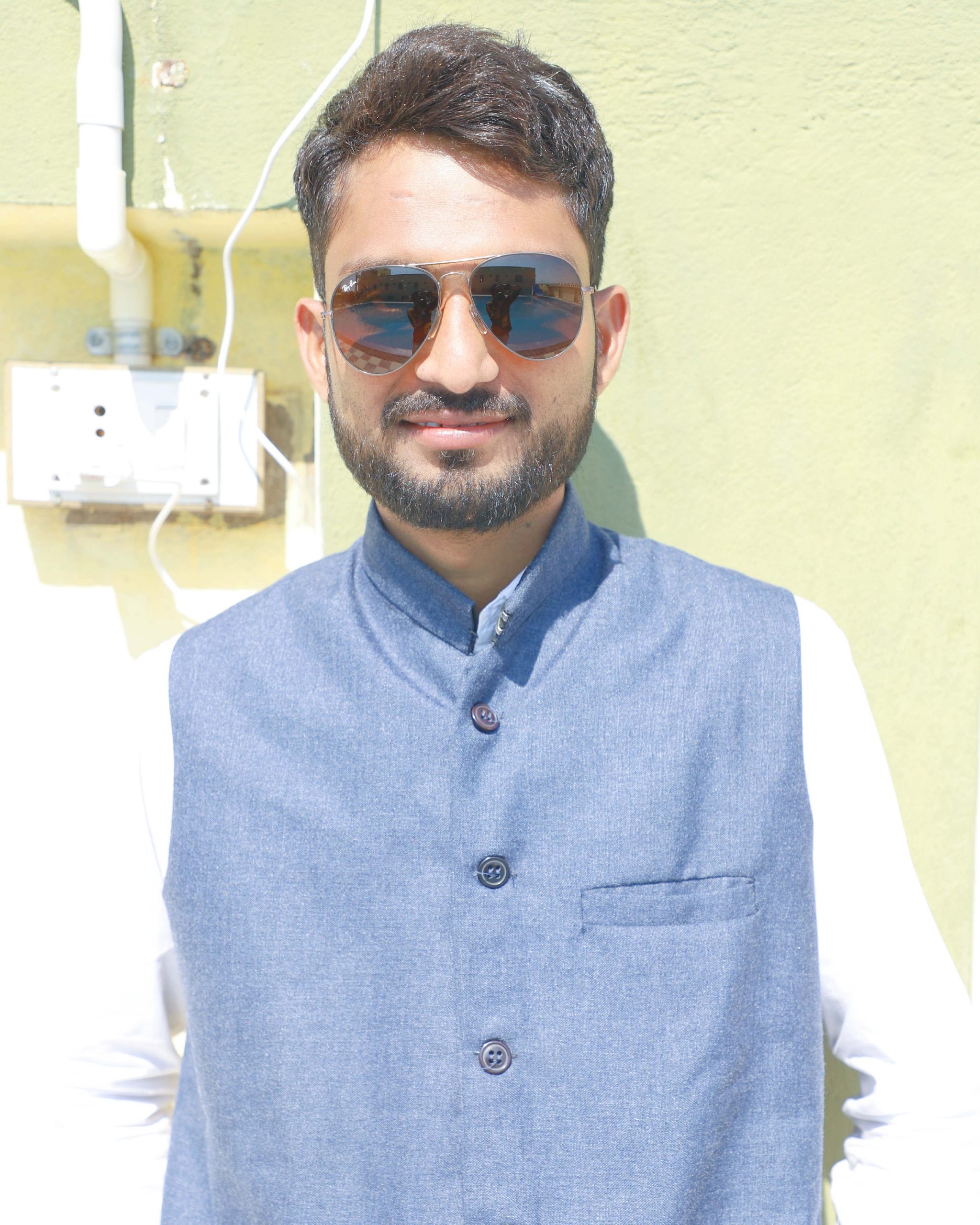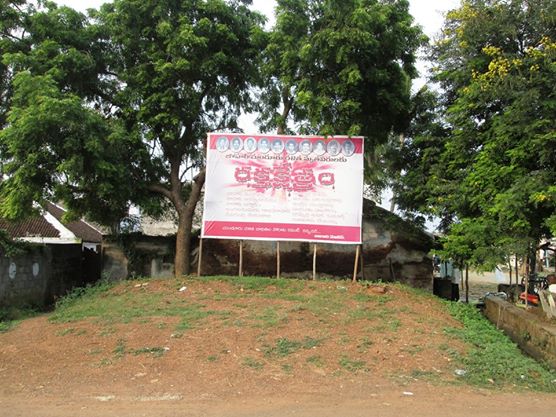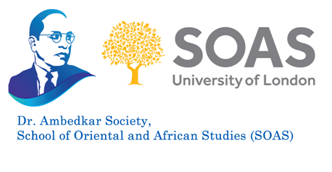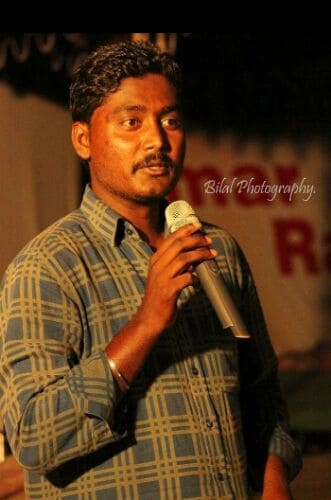Neeraj Bunkar
The movie Gehraiyaan is directed by Shakun Batra who has also written the script with Ayesha Devitre, Sumit Roy and Yash Sahai. The movie stars actors like Deepika Padukone, Siddhant Chaturvedi, Ananya Pandey, Dhairya Karva, Naseeruddin Shah, and Rajat Kapoor in the lead roles. Gehraiyaan has a lot of layers, subplots and drama one after another in it. This movie reflects the story of the urban rich and so-called ‘caste(less)’ people, and it attracts the English-speaking upper caste audiences from the metropolitan cities who have a desire to own beachside villas and marry within the same class.

Deepika’s character (Alisha) has a fleshed-out back story that haunts her quite often in the movie. Alisha’s childhood memories traumatise her present life; her childhood pictures and videos remind her of her mother who hanged herself and died. She lives with her boyfriend who is not doing well in his career which upsets her; and even her father who lives in another city only talks to her occasionally, like on her birthdays. In the course of the movie, Alisha encounters her cousin’s fiancé (Zain) which leads to her breaking up with her boyfriend (Karan). Zain (Siddhant Chaturvedi) shares his journey with Alisha, that he was not always the way he is today: a rich and successful businessman. He had gone through a lot of struggles. He was born in Jaipur and then he was sent off to a boarding school when he was 6 years old. He emphasizes that it was better than being at home; after graduation, he took up his first job which he got easily because of his ‘caste(less)’ identity.
He talks about how he left the home after his dad got violent with his mother once and broke her arm. Zain had called the police to report this incident but when they arrived, his mother denied any violence by Zain’s dad and convinced them that she had fallen down the stairs. Zain adds further that he didn’t abandon his mother, it was all because his mother didn’t want to be saved. It tells us that women want to live in the realm of exploitation and are not ready to come out of that place. This reinforces the belief that women strengthen the patriarchy? After some time, Zain got a U.S. visa from the same company to work in the U.S. where he met good people. He clarifies that it was not that easy but because he had a proper plan and clarity to get out from the normal life that he had reached his current position.
Alisha in conversation with Zain refers to her mother and says that she doesn’t want to end her life like her mother. Alisha and her mother were always worried because her (Alisha) father used to drink quite often and fight with her mother. Again, in a conversation with her father, Alisha says that she doesn’t want to go through what Mom had. In both the cases, Zain and Alisha, it seems their past had something to do with their current lives, somehow. Alisha, a confident and ambitious lady, is stuck with her dark past, that keeps popping up in her present life. On the other hand, Zain has come out from the past and never looked back at his family. Their life subtly talks about the domestic violence constantly happens in India. According to National Legal Services Authority (NALSA), a total of 3,582 cases of domestic violence were recorded between April 2021 and June 2021, as against a total of 3,748 registered cases between April 2020 and June 2020. This shows the extent of domestic violence just in the span of two months, and there are a lot of cases like Zain’s mother which remained unregistered.
Alisha as a Yoga teacher is not only earning her livelihood but also chasing her dream through it. It seems to be proof that the campaign for Yoga, started by the government of India to promote Yoga as a soft power in the global sphere, benefited a certain elite group in metropolitan cities where they converted it into an opportunity to fulfil their dreams.
As far as I can remember, I think this will be the first time that characters in a film do not have surnames. But the plot that has been created for storytelling points directly to their upper caste and class location. There have been debates previously about not deploying the surnames affiliated with lower caste identities in a movie; but this time, the filmmaker tried to not use any surname. That shows their mindset: even though they will deploy characters without surnames in their films, but they will not use any surnames related to the lower castes in any situation unless the film is related to the issues of Dalits and tribals.
The movie fails to communicate with most audiences in India. It is about the so-called struggles, ambitions, loves, relationships, cheating, and selfishness, of its upper caste characters.
~
Neeraj Bunkar (neeraj2meg@gmail.com) is a PhD student researching Caste and Dalit realities in Rajasthan Based Hindi Cinema in the School of Arts and Humanities, Nottingham Trent University, United Kingdom.
Poster courtesy: the internet.










